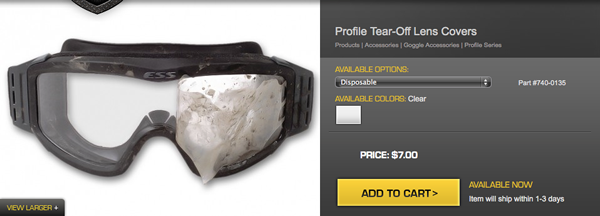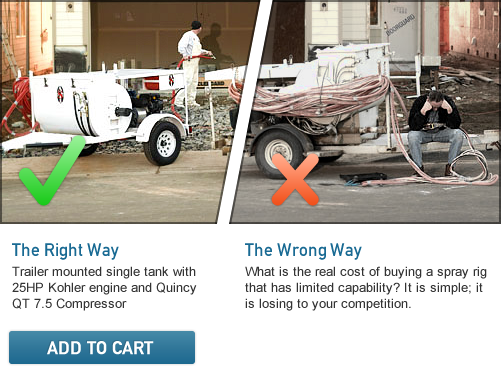Science of Conversion
Chapter 1: Use Contrast to Help Convert Your Visitors.
This is Chapter 1 in a series that will help you understand the keys to converting your website visitors into customers. For more, Click Here to read our Introduction to this series.
At Montana Banana, a Seattle Web Development shop, we talk about conversion in terms of ‘getting your user to do the thing you want them to do’. One of many components of that juicy statement is engaging the user. One easy-to-remember way to engage the user is by comparing something with another thing. In other words, show the user your product next to the ‘next best alternative’. We call this ‘contrast’.
Some industries cater perfectly to this. We call these the ‘Before v. After’ industries: Weight loss, Muscle Building, Breast/Body Augmentation, any Repair/Replace business, and a huge list of other industries. You’ve seen something like this before:

The key to contrast is bringing it into the world of Conversion. What do you actually want the user to do here? Most businesses would say something like “I want the user to buy my product right there.” Unless it is painfully repetitive, turn this contrast into a 3-step situation:
Step 1: Before (that is me)
Step 2: After (that is what I want)
Step 3: Buy Now (this is the conversion step)
The ability to convert must be part of the contrast process for contrast to be a conversion tool. Contrast needs to be used for a purpose. By itself, It evokes a visceral reaction so the visitor wants to take the next step. All you/we have to do it put that next step right in front of the visitor.
A good example:

Yup. My goggles are muddy. I need something to help me out there. This is the right product.
Another Use of Contrast as a Conversion Tool: Good v. Bad or Right v. Wrong
Similar to the first group we were calling ‘Before v. After industries’ is a group we might call ‘Right v. Wrong industries’. Maybe your message can show how to ‘do it the right way’ by contrasting your product/service to ‘the wrong way’. Advertisers did that for years when they depicted their product versus ‘the leading brand’. Now days, we can include a very clear button that calls a user to action:
Step 1: The wrong way
Step 2: Our way (the right way)
Step 3: Buy Now (this is the conversion step)

You are getting the point: Whenever we use a tool that helps the audience relate, show them a clear path to take action on their opinion. Convert that user to your customer. You will find that if you implement these suggestions and track the increase in converted visitors, your conversion will increase.
This is Chapter 1 in a series that will help you understand the keys to converting your website visitors into customers. For more, Click Here to read our Introduction to this series.
Share: